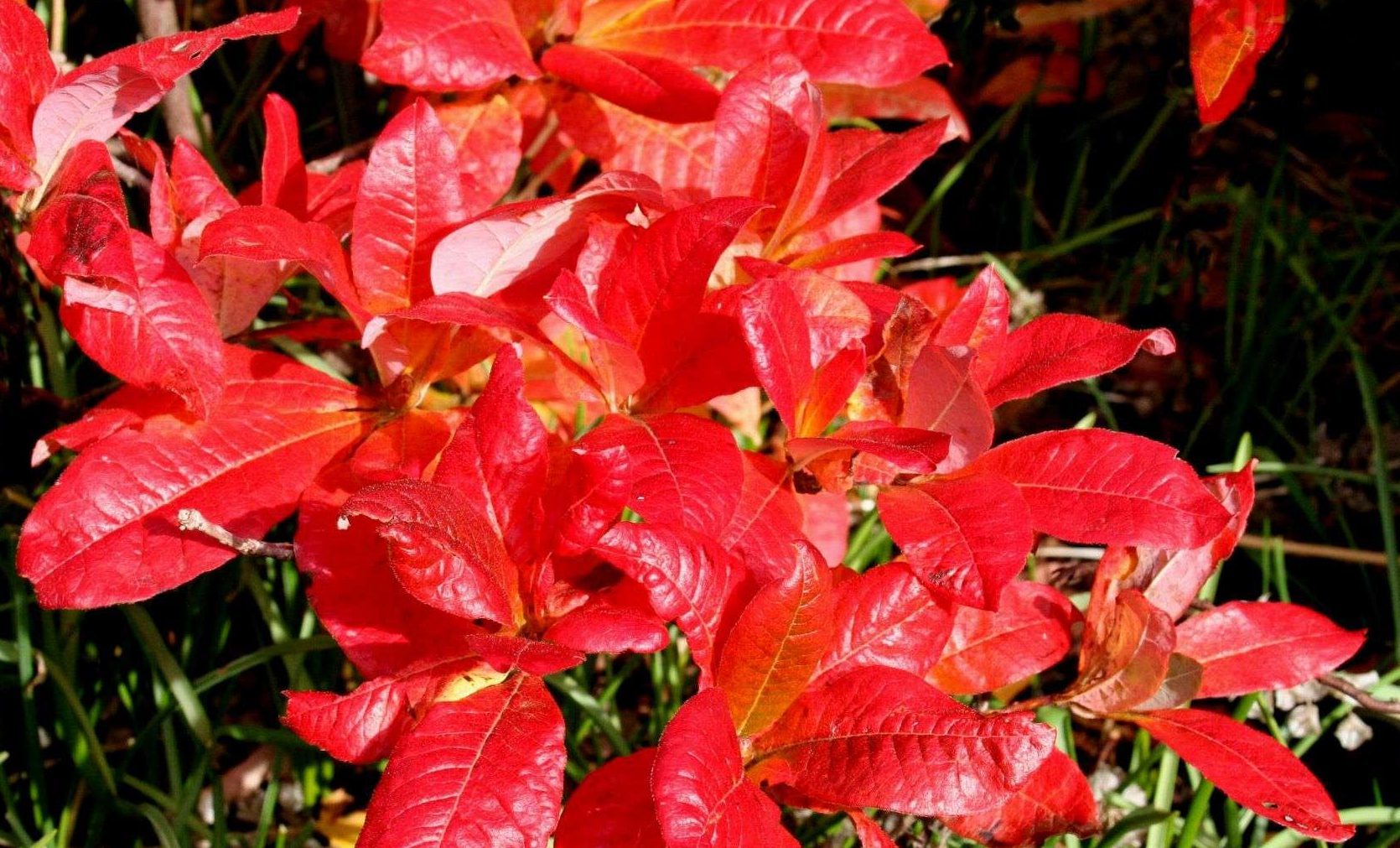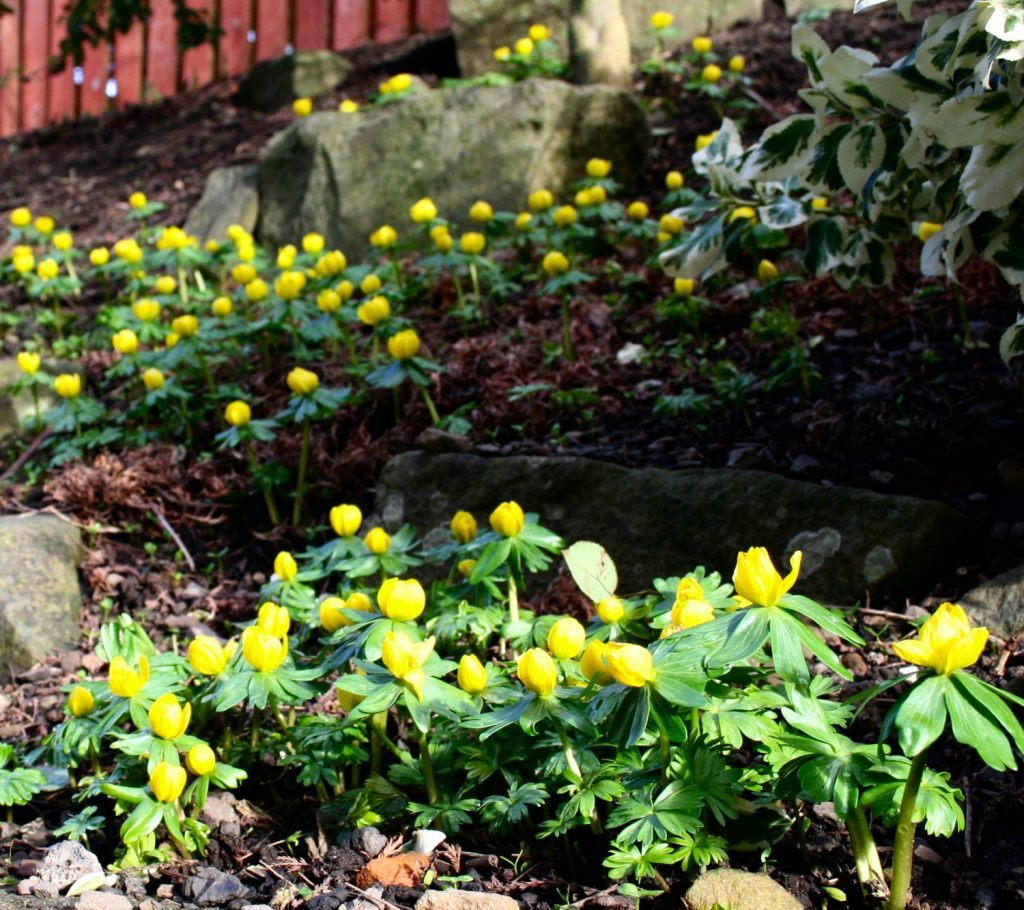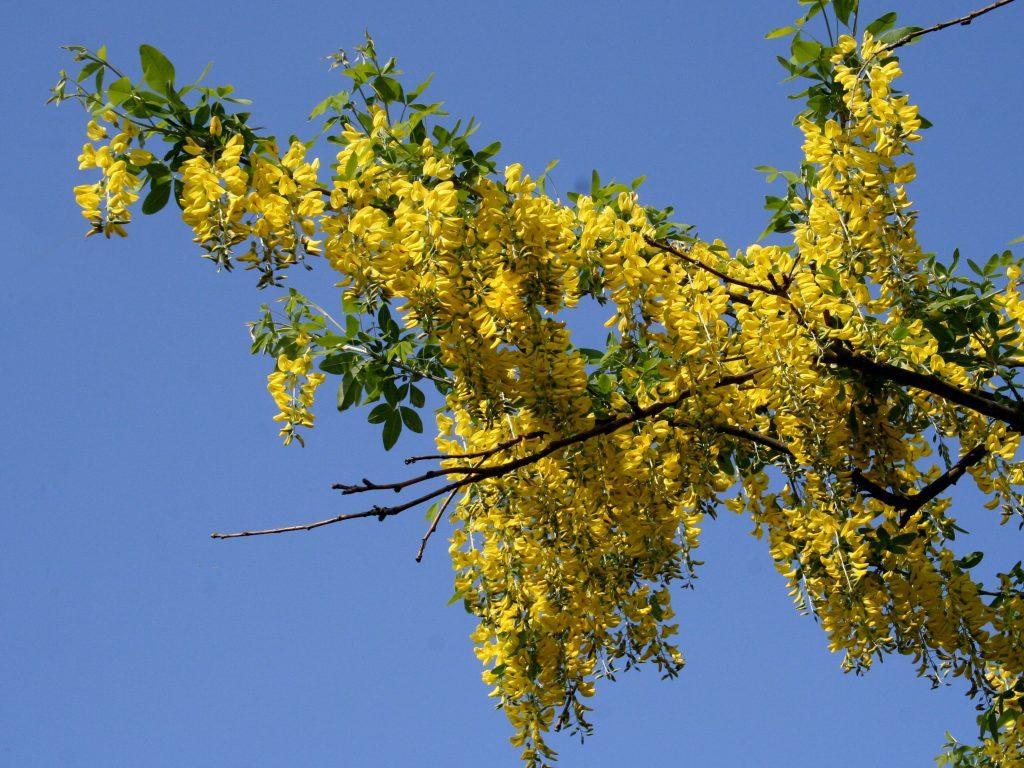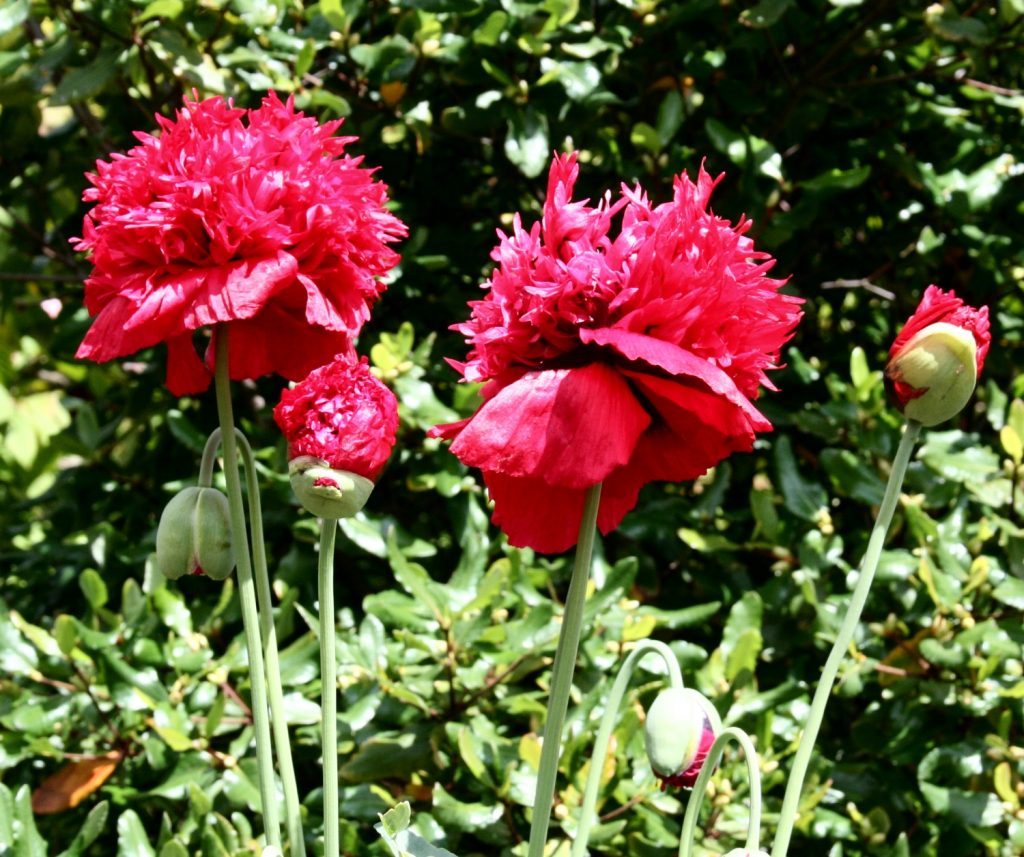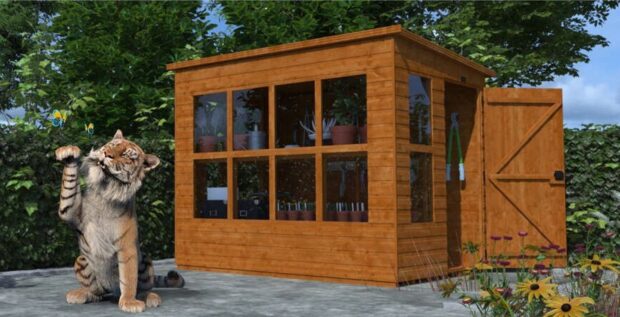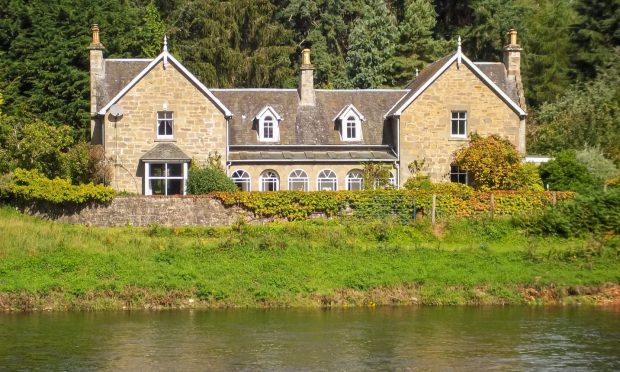We grow plants for their beauty, and taste when we want to consume them, but all plants have a desire for survival so to deter predators many have developed a massive array of poisons in roots, bark, leaves, stems, seeds and flowers.
Poisonous plants are very common in most gardens, e.g. rhododendrons, narcissi and aconites, and council land and shopping centres are often landscaped with a wide range of poisonous plants including laurel, snowberry, azaleas, laburnum and yew trees.
Even in the home we grow hyacinths, poinsettias and oleanders which all contain toxins. However we need to keep this danger in perspective.
Most poisonous plants are so bitter or foul tasting that they would not normally be eaten, and some require very large quantities to be ingested before reaching a critical dose.
The leaves of rhubarb are very toxic containing oxalic acid, but nobody would ever want to eat them, so there is little problem.
Then there is the humble spud, a member of the solanaceae family, which has some very poisonous relatives such as the deadly nightshade and Datura stramonium, the Angel Trumpets containing tropane. It is used in summer beds, tubs and borders. It has large highly scented trumpet flowers that are at their best at night. Every part of the plant is toxic. South American native Indians use it as a drug because of its hypnotic and hallucinogenic affects.
The toxic house plants include hyacinths, poinsettias and dumb cane which can cause immobility of the mouth and tongue, great difficulty in breathing and asphyxiation.
Toxic weeds include hemlock containing alkaloids, deadly nightshade which contains the alkaloid atropine and giant hogweed whose sap is phototoxic and can cause a severe rash and blisters.
The most toxic tree in UK has to be the yew tree. Its toxins have protected it so well from foraging predators that it can last for hundreds of years. The yew was revered as a sacred tree by Greeks, Romans, North American Indians and in UK by the Celts and Druids.
It was associated with immortality, rebirth, protection from evil and access to the underworld. Every part of the tree is extremely poisonous, except the fleshy aril around the seed. The stems, leaves and seeds contain the toxic alkaloid taxine. The Druids would plant them in circles to protect sacred ground and monks would use them to mark and protect the routes of their pilgrimages. Many very old yews survive in churchyards as the sacred ground is protected.
The oldest tree in Europe is the Fortingall yew near Loch Tay at over 3000 years old.
The Laburnum tree has beautiful yellow flowers, but all parts of this plant are toxic including the seeds. The castor oil plant is grown as an ornamental dot plant in bedding schemes, but the seeds contain ricin, a poison, but in low doses. No poison is extracted when the seeds are cold pressed to give us caster oil.
Foxgloves may be attractive as an herbaceous plant, but reproduces from seed very easy so can be quite invasive. The entire plant is toxic.
Opium poppies are commonly grown for their lovely pink flowers in summer, but all parts of the plant are poisonous. Opium is extracted from the latex in the seed pods, but the seeds themselves are edible and used in many recipes.
Wee jobs to do this week
Any spare land cleared from a previous crop such as spring cabbage or early potatoes can still be used for sowing lettuce, radish, turnip, peas, carrot and beetroot. These will be ready to harvest from autumn to early winter.
